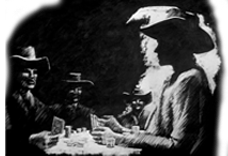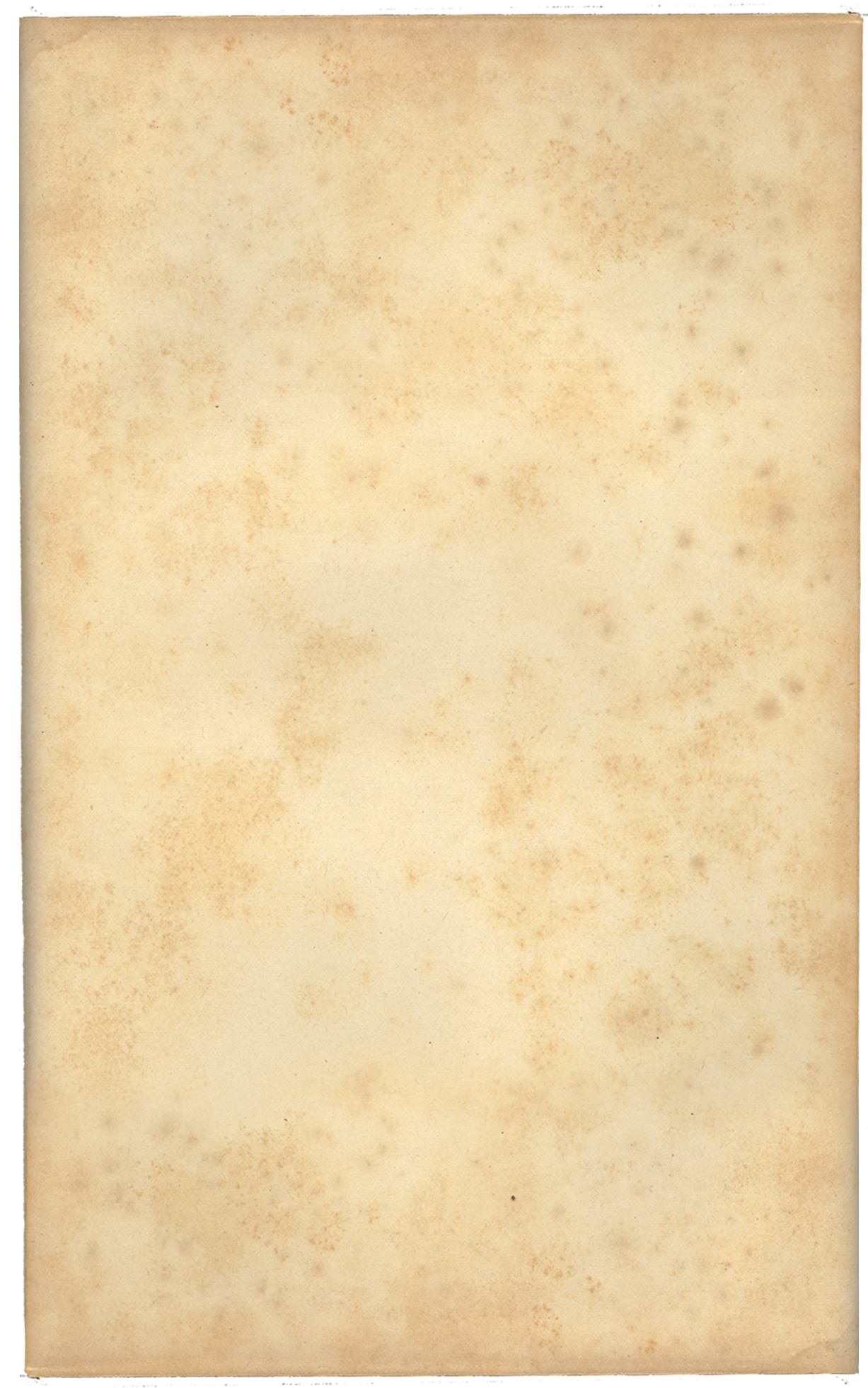






Fort Adobe
U. S. Army fort in the Arizona Territory[1] in 1867.[2]
At the beginning of the Civil War in 1861, the U. S. Army abandoned Fort Defiance in northeast Arizona Territory in Navajo country. Having been deprived of their traditional grazing lands since the military occupation, the starving Navajo took advantage of the Army's absence by raiding the region. The Army retaliated by destroying the tribe's remaining livestock and then forced the surviving Indians to march 450 miles to Fort Sumner, where they were interned.[3]
On April 10, 1864, the Army established Fort Adobe near the modern site of Navajo Springs, along the Beale Wagon Road, to maintain a semblance of order in the region until such time, if ever, the much larger installation at Fort Defiance would be reoccupied.[2]
Originally intended to be a temporary outpost for the duration of the Civil War, Fort Adobe was quickly constructed of adobe earthwork from the surrounding area, hence its rustic name. After the war, the fort slowly acquired a larger number of soldiers, being the only remaining military presence between other forts in Utah and Colorado Territories to the north and the more numerous Arizona Territory forts to the south. [2]
With no definite word coming from Army headquarters that the Fort Adobe was to be vacated any time soon, a few permanent structures were constructed within the earthen walls. More comfortable conditions began to evolve for the growing complement of soldiers.[2]
By 1867, the number of Army soldiers and staff nearly equaled that of Fort Defiance before the war. The old Navajo grazing lands had grown lush during the years since their livestock had been destroyed. The fort was relying on other Army installations to the south for their beef. Adobe's demands soon outgrew the availability of cattle from other forts. Starved for beef, Adobe looked to Texas and its rich herds of prime cattle that had multiplied tremendously during the war years. In early August of 1867,[2] the fort advertised across Texas for cattle to be delivered to their pens for $40 a head, not to exceed the amount of $80,000.[4]
Trail West to Fury: On October 24, 1867,[2] the Miller cattle drive delivered 2000 head of cattle to Fort Adobe and collected $80,000. Two days earlier, Jessie Hayden, driving a competing herd, was shot in the chest during an attempt to stampede the Miller cattle. Carried on a makeshift stretcher to Adobe, Hayden was treated by the fort's doctor, but the bullet was unable to be removed. Hayden died that afternoon without fulfilling his promise to Bret Maverick to clear his and Brother Bart's names of murder charges back in Texas.[4]
In 1868, the interned Navajo were allowed to return to their lands and Fort Defiance was reestablished as an Indian agency.[3] With the Navajo Treaty of 1868, Fort Adobe was no longer needed and the Army abandoned the fort. In accordance with the treaty, much of the fort's permanent construction materials were repurposed to build schools and housing for the returning Indians.[2]
Sparcely repopulated by the Navajo during the 1880s, the site remained as a watering stop for travelers and their horses. At the insistence of the Santa Fe Railway Company in the 1930s, the Navajo were once again forcibly removed from the area. By the 1950s, remnants of the old wagon road had become the precursor of the famed U. S. Route 66. Near the end of the 1980s, the lands were repopulated by Navajo refugees of the Navajo-Hopi Dispute.[5]
Today, near the modern site of Navajo Springs, nothing of Fort Adobe remains but the dried footprint of its eroded adobe walls.[2]

The Miller cattle drive arrives at Fort Adobe, October 24, 1867.[3]
SOURCE REFERENCES
01. Maverick, Trail West to Fury (1958), Warner Bros. Pictures, Inc.
02. The Conjectural Maverick, Maverick Trails
03. Fort Defiance and the Navajos (August 1981), Maurice Frink, Fred Pruett
04. Maverick, Trail West to Fury (1958), Dell Publishing Company, Inc.
05. Navajo Springs, Arizona, Wikipedia (retrieved April 10, 2014)
Home | The Maverick Saga | Trail Maps | Chronology | Maverick Lore | Production | The Inside Straight | Contact Maverick Trails
Maverick Trails is not endorsed, sponsored or affiliated with Warner Bros. Entertainment, Inc. or the Maverick franchise.
Maverick™ and its various marks are trademarks of Warner Bros. Entertainment, Inc., © 1957, 1994
©2014, 2015, 2016 Maverick Trails

